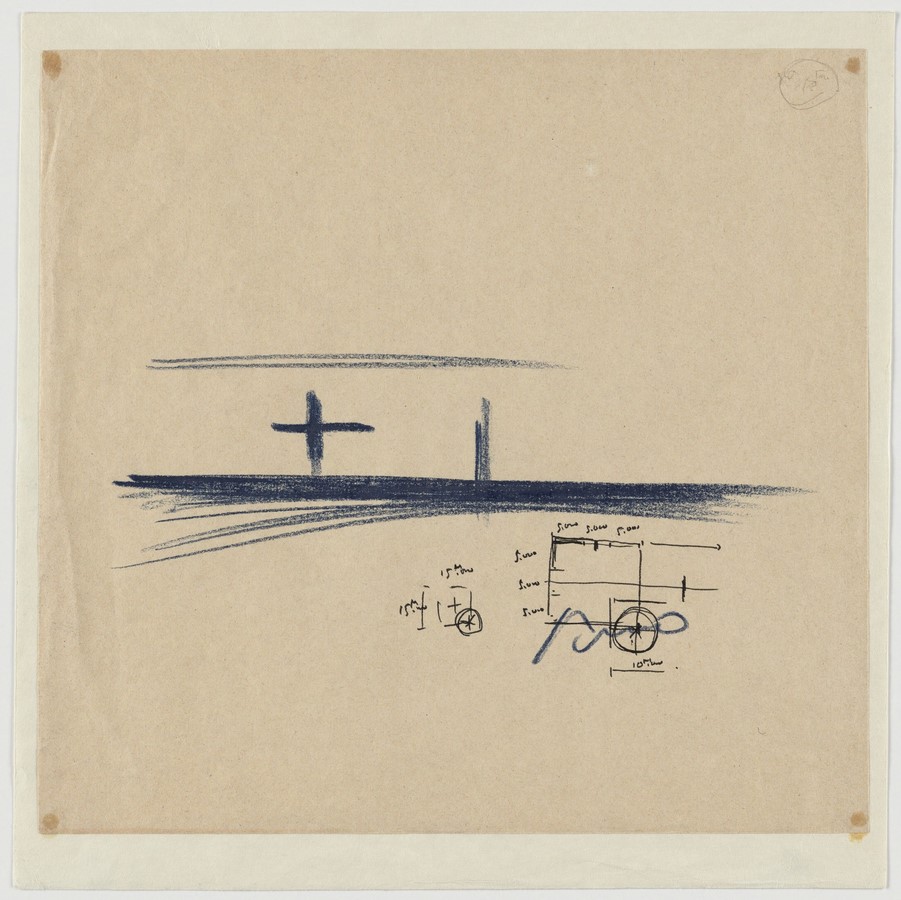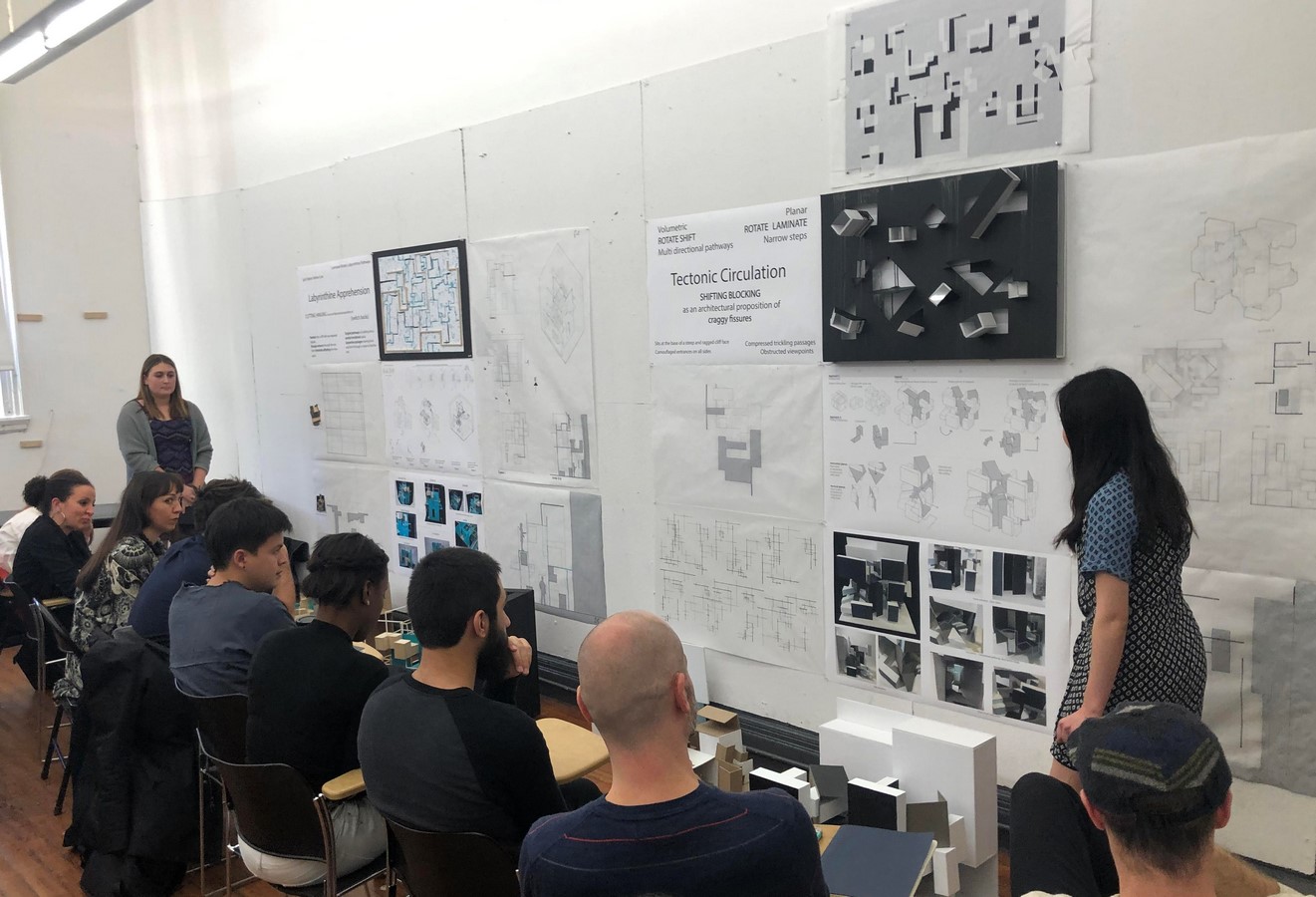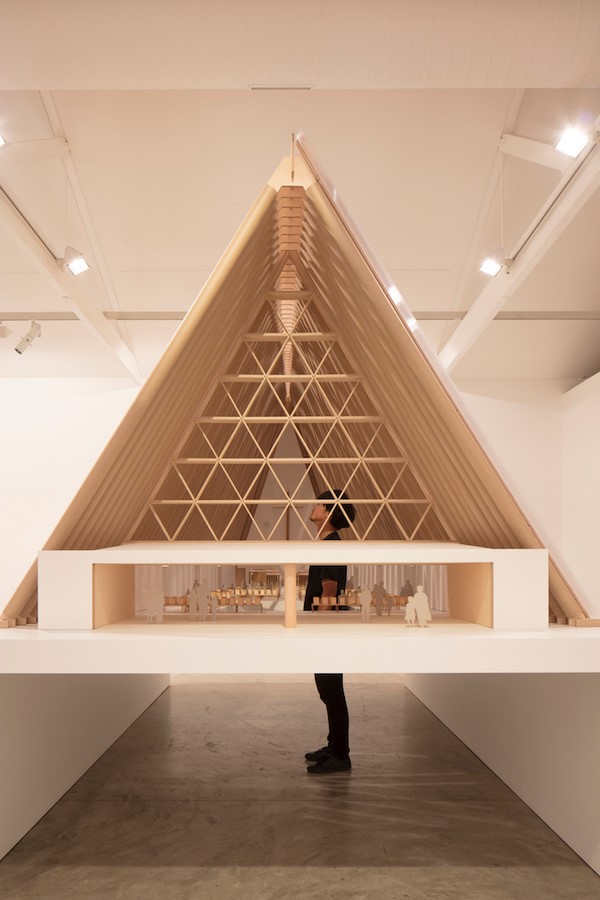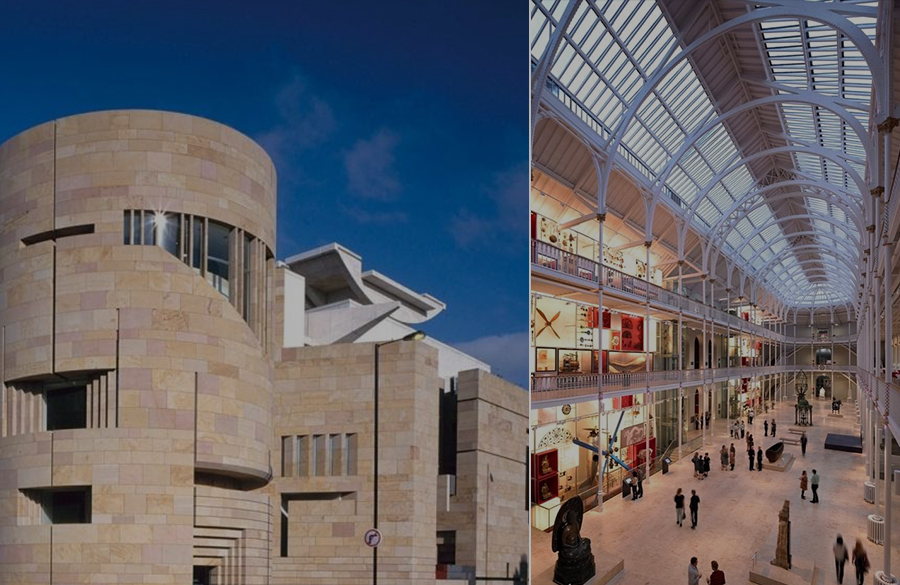With changing times, methods of teaching a versatile course like architecture have often been questioned, so here are 10 reasons why we feel the studio system in architecture colleges plays an important role in the life of an architect.
Architecture students have a special relationship with their colleges. They spend endless hours working in their classroom which is called a studio. It is the place where an architect receives primarily guiding principles regarding his/her practice, develops skills to express thoughts through graphics, and understands the interaction between the materials and the psychology of spaces. It is where an ordinary student is sculpted into a socially responsible architect.
With changing times, methods of teaching a versatile course like architecture have often been questioned, so here are 10 reasons why we feel the studio system in architecture colleges plays an important role in the life of an architect.
1. Time Planning | Studio System

In the words of David Chipperfield “The difference between good and bad architecture is the time you spend on it”; an architect’s life is always a race to match the deadlines and this importance of time is imparted to the students through the environment of the studio. A studio runs on a goal-oriented setup where every student is given a certain task to be performed in a limited time. This kind of environment helps the students manage their hours of work with their recreational hours.
2. Teamwork

One never understands the true power of teamwork unless one is an architect. Teamwork plays an important role in making a design successful. In the studio, students work in groups on various activities like model making, documentation, research work, case study, etc. These activities help inculcate in themselves the attributes of a good team player. Students enhance their leadership skills and become more tolerant of different perspectives.
3. Workroom | Studio System

Not every student studying design is privileged to have enough room in their homes to work on huge models and A0 size sheets. But should that be a reason to limit one’s passion? No, Studios become a neutral ground that provides every student with a large workspace, equipment, and tools (t-scales, set-square, scales, etc) and the opportunity to create their masterpiece.
4. The Eureka Environment
Yes, you read it right, the studio gives a habitat that promotes creativity and puts the designer into the mind space of that ‘eureka moment ‘. As stated by Tadao Ando in one of his interviews –’ I traveled a lot to see the nature, the countryside, and the cities with a sketchbook, but plans are drawn in my office’; makes one realize that inspiration can be gathered from anywhere but the magic of converting those sketches into an extraordinary structure that place in a studio. Therefore, studios play a crucial role in stimulating innovativeness in students.


5. Guidance And Supervision | Studio System
In a studio, weekly or monthly assessment maintains regularity in the design process; such an environment makes seeking guidance easier for the students. A strong rapport exists between the professor and the pupils. Many a time in such a scenario, the learning becomes a two-way process, where the teacher imparts knowledge through his experience and the student may shed light on unconventional approaches and technological advancements.
6. Healthy Competition
Architects get their career-breaking projects mostly through competitions, therefore, it’s necessary that he or she must be prepared to take that pressure, which would have been impossible to inculcate if it hadn’t been for the studio in architectural colleges. Studios’ setup inspires the student to do their best, become inquisitive, strive harder, and learn from others.
7. Communication Skills

The studio system gives the students a highly social environment where they learn to critique, respond to criticism, and collaborate. Such student-student or teacher-student interactions make students eloquent and confident.
8. Guest Lectures
Through the studio system, one gets to meet many eminent architects during guest lectures which otherwise would have been highly impossible. Guest lectures help the student to understand the design brief and its challenges through a fresh perspective.
9. Discover Unique Strength
Architecture education is rich and varied, one just doesn’t take up architecture courses; he or she takes up a range of courses associated with it. Studios enable the students to experience each of these courses and develop an affection for them. These electives when combined with designing give rise to a specialty that opens up fields like architecture journalism, architectural photography, historian, set designers, etc.
10. Platform To Experiment | Studio System
Many of you would debate that in studios, the faculties encourage the students to come up with mesmerizing structures without teaching the complexity of it. But it is this same freedom of creativity and experimentation that gives rise to unique styles and ideologies. One of the best examples is Shigeru Ban; he experimented with cardboard in his college days, became the master of it and now his practice has proven paper tubes are an effective material in low-cost disaster shelters.












